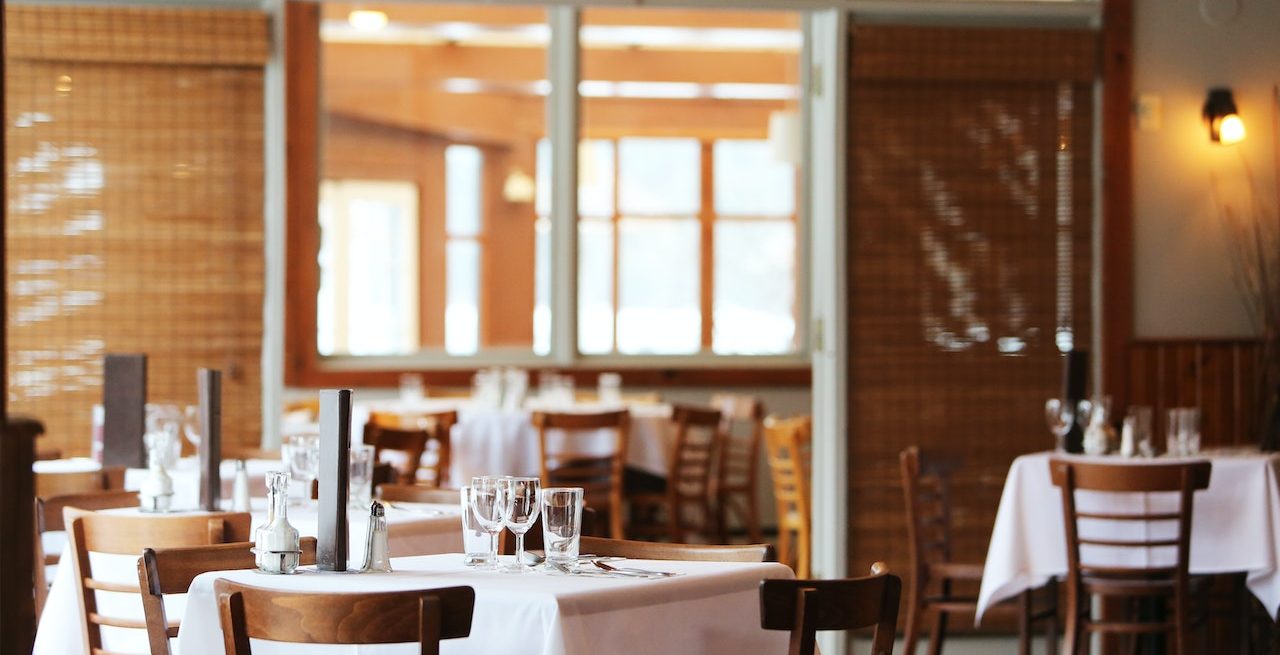Leverage Technology that Streamlines Your Back-Office Work
4 Min Read By Hillary Holmes
You became a manager to build an effective team and connect with your guests. You envisioned leading your staff as they created amazing experiences for everyone that steps foot into your restaurant. But you didn't sign up for all the time-consuming back-office work.
Behind the scenes, managers spend countless hours dealing with tip distributions, creating weekly schedules in spreadsheets, and doing the dreaded payroll twice a month. But the back-office duties don't stop there. These days, you also have to read and respond to guest reviews on multiple platforms, look for ways to finance restaurant projects, and dig through reports so you can monitor labor performance and daily sales.
Handling these responsibilities and spending time on the floor can feel like an impossible circus act. You're juggling 10 to 15 balls at a time. Some are glass and will shatter on impact. Others are plastic and can sustain a drop. More often than you'd probably like to admit, the admin duties become the glass balls, and your staff and guests become the plastic ones. And you find yourself trading time on the floor for the neverending urgent computer work in the office.
While this may be your current default modus operandi, it doesn't have to be. With cloud-based tools that streamline your deskwork, you can get out of the office and run your restaurant from the floor.
The Many Benefits of Being on the Floor
Effective managers lead with a people-first mentality, and you can't do that from a desk. As managers, our foundation was built in the front-of-house as servers, bartenders, or hosts (even if we started out in kitchen.) And it's where we'll make the biggest impact as leaders for our team and guests. Here's what you're empowered to do when you're next to your staff and in front of your guests.
Create a Positive Employee Experience
To supervise a team that engages with hundreds of people every day, managers must spend time listening to and supporting their staff. If a member of your team feels unheard or is just having a bad day, those feelings can be projected onto your guests and will reflect negatively on your restaurant.
The opposite is also true. Employees that are happy and supported will provide a better experience to your guests. That means that oftentimes a manager has to be a psychiatrist and motivational speaker simultaneously—listening to staff when they want to talk about their struggles and then encouraging them so it doesn't affect their work.
Build a Loyal Team that'll Stay with You
In addition to being emotionally supportive, a manager should also be the best person to rely on in the context of a shift. As someone who's been managing restaurants for over 20 years, I've always made a point of being ready to roll up my sleeves and pull my staff out of whatever backlog they were stuck in, whether it was helping hosts seat guests, pouring drinks for bartenders, or tending to guests when my servers were slammed.
While this took a significant investment in time and effort, the payoff was well worth it. When your staff knows that you have their back, they'll be there for you during your most trying days. On top of that, you'll also be proactively minimizing costly employee turnovers. These principles follow the law of reciprocity, which has the potential to make or break your restaurant.
Make Your Guest Experience Even Better
Often, the only times a manager will talk with guests is when there is a complaint or all their duties are completed. But prioritizing your guests has a twofold effect. First, it shows them that you value their experience enough to ensure that everything is going right. And secondly, it gives you valuable insight into what is working and what needs to be changed to make that experience better.
Let Technology Do the Back-Office Work
Over the past several years, restaurants have focused on equipping their staff with the tools they need to do their jobs better. Servers have handhelds so they can take orders and payments right at tables. Hosts utilize online reservations and waitlists to maximize table space. Even cooks can process orders faster with integrated kitchen display systems (KDS).
Managers can no longer keep running behind the times, trying to complete their back-office work in a nine-foot-square office. It's time to equip them with the tools they need to do their jobs as well. They need intuitive technology that enables them to be relevant inside the four walls of their restaurant. We've launched the Manager Toolkit—a series of guidebooks that show you how to leverage today’s technology so you can get your office work done in a fraction of the time and get back on the floor.
As GM at Von Elrod's Beer Hall & Kitchen, I found my closing time was significantly faster with SpotOn's Reporting. My entire staff transitioned to being 80-percent paper free, so we didn't spend all that time putting tips in at the end of the night. It was already done, and I was able to cut my close time down from 2 hours to 30 minutes.
Similarly, The Bungalow Kitchen from famed chef Michael Mina has been able to save upwards of seven hours on weekly operations: “Dolce by SpotOn gives us forecasted labor percentages,” explains Bungalow’s GM, Lino Suaza. “We used to figure it out with pencil and paper, but now we just make a schedule and the metrics populate automatically on a daily basis. It saves us nearly two and a half hours on most work days.”
Taking advantage of these tools not only lets managers automate their predictable back-office work, but it empowers them to be always available for their staff and guests. Add it all up, and you can easily win back hours a day—valuable hours that can get you back to doing what you love about managing a restaurant.


